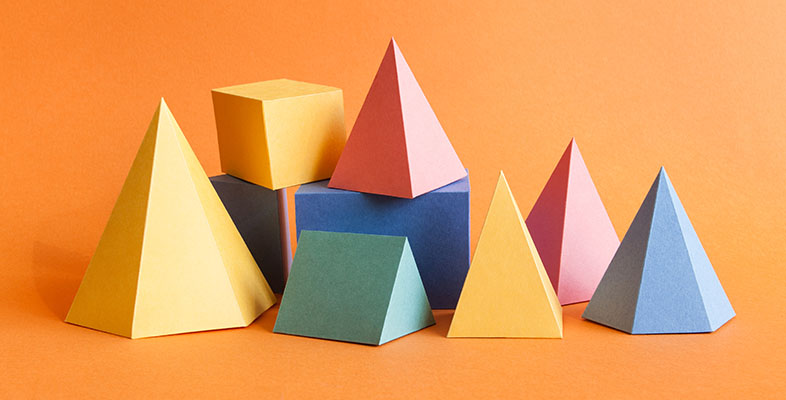2.2 Degrees of accuracy in measurement
Depending on the context, it may not always be necessary to give an exact answer to a measurement. At other times, it is actually more acceptable to have rounded the amount to an appropriate degree of accuracy. The population of countries is often quoted in millions because the exact figure changes constantly. For example, the population of the UK is ‘about 65 million’.
It can also depend on what you are going to do with the measurement. For example, when measuring a window for curtains, the width to the nearest 5 cm would be more than sufficient. But if you are measuring the same window for a replacement pane of glass, a much higher degree of accuracy would be needed.
It should be understood that measurement is continuous, so lengths, weights, etc. can take any value on the number line including decimals and fractions. This is in contrast to amounts which are counted, such as the number of sweets in a jar, which can only take whole number values. However, large numbers of items to be counted may act as continuous measures, such as national population sizes.
Accuracy is often quoted using the number of decimal places. If you need to round a measurement to 1 decimal place that implies to the nearest one-tenth. If you need to round a measurement to 2 decimal places that implies to the nearest one-hundredth.
A number such as 3.8567 lies in between 3.8 and 3.9; numbers with 1 decimal place. You might remember the video on decimal places which explains how the digits after the decimal point denote decreasing powers of ten: tenths, hundredths, thousandths, and so on. Therefore, the only useful digit in deciding whether to round 3.8567 to 3.8 or 3.9 is the second number after the decimal point, i.e. the 5 in this example. You could call this the first unwanted number. Since that number is 5 or more, convention dictates that the number is rounded up to 3.9.
Similarly, with large numbers such as millions, you need to consider the first unwanted number to decide whether to round up or down. So, 65 million people in the UK may have been rounded from, say, 65 345 211. This number lies between 65 million and 66 million but is clearly closer to 65 million. The first digit in the column below one million (i.e. in the 100 000 column) is 3, which is less than 5, and so you round down.
Activity _unit8.2.1 Activity 4 Rounding numbers
Now have a go at rounding these numbers to the degree specified.
- 62 to the nearest 10.
- 14.237 to the nearest 1 decimal place.
- 14.237 to the nearest 2 decimal places.
- 465 to the nearest 100.
Discussion
- 60
- 14.2
- 14.24
- 500
Finally: measurement as a human activity is not an exact science. We are bound by our own skills with measuring and the tools we use for measuring. If we are using a school ruler, for example, we can measure accurately to one decimal place but not more than that. Suppose we do a calculation such as the ones mentioned earlier for the length of the diagonal of a rectangle. We are likely to get a calculator answer with many figures after the decimal point. We cannot measure more accurately than one decimal place and so it makes sense to round the answer to 1 decimal place.
